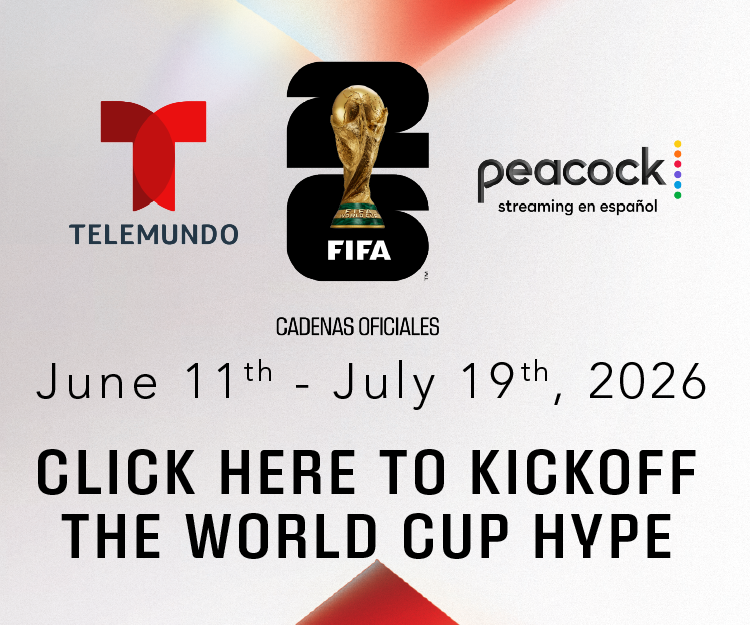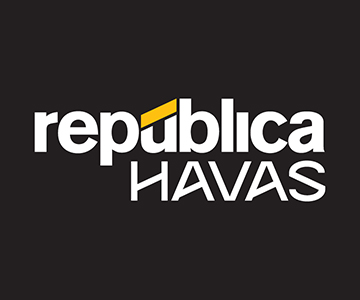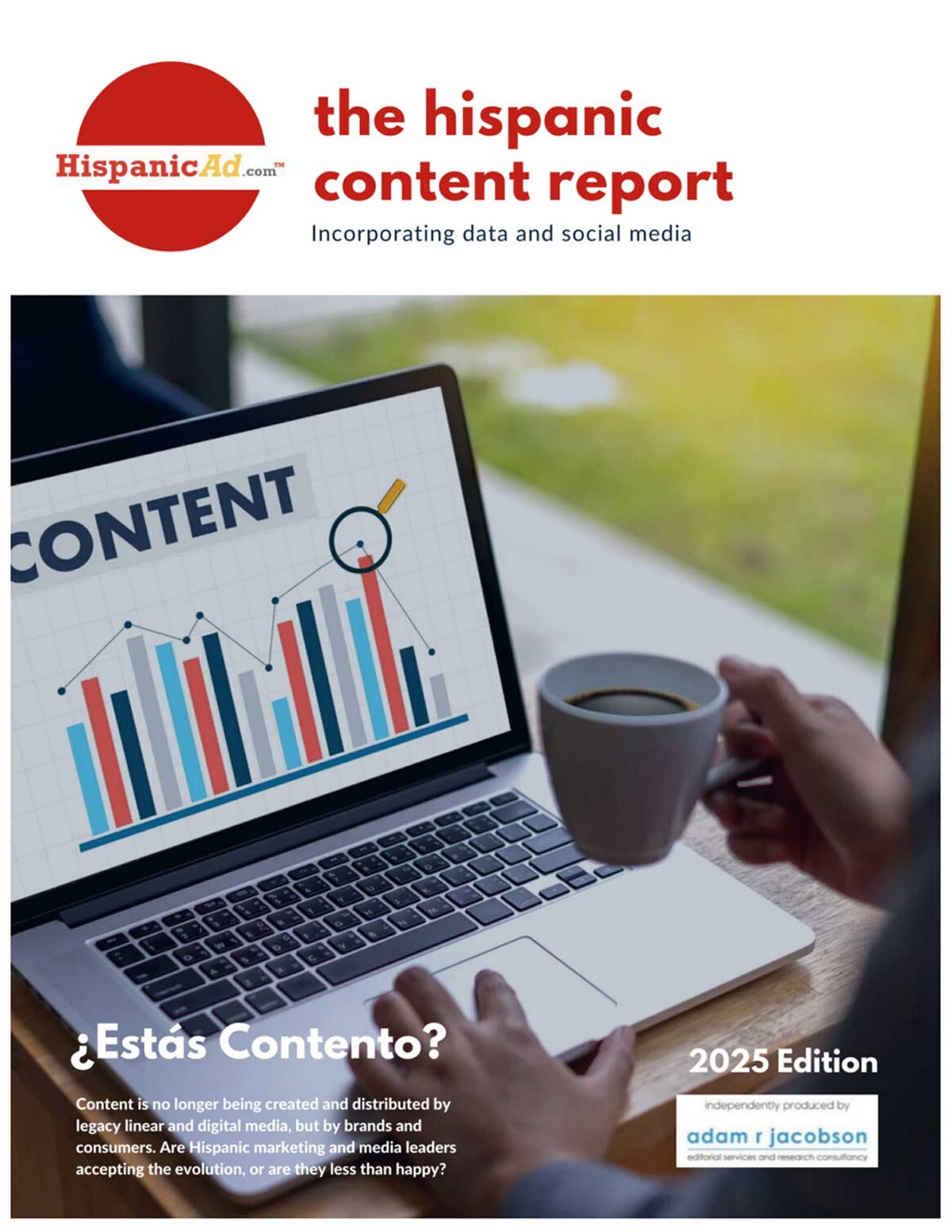When Media Buying fails Marketers.
December 26, 2010
Marketers and agencies face an increasingly complex media landscape. Digital media has rendered certain media buying strategies and metrics obsolete, and increased the human resources agencies need to allocate large sums of marketer funds for.
The search continues for universal metrics that will define new-media success. Meanwhile, there has been a noticeable trend in digital media buying towards something that doesn’t work; I like to call it The Frankenstein Plan, and it’s a monster.
While new media does not have a universal metric (like GRPs for television), there is a suite of new-media metrics that marketers generally agree are important — such as video views, impressions, shares (conversations), clicks (interactions), time spent, comments, and numbers of fans and “likes.” The problem? Not all of these metrics are meant to be bought; some are just used to measure the quality of buying the others. Metrics are only as valuable as the methods used to achieve them.
So what is a Frankenstein Plan? It is when a media buy is split into disconnected initiatives, each targeting specific metrics at the lowest cost possible, so that the results can be aggregated later. For example, buying super cheap CPMs helps to hit a campaign’s overall impression goals, but super cheap CPMs are super cheap for a reason. Interaction rates will be low, as will shares, and you can forget fans. But that can be fixed because cheaper fan acquisition channels are available, so a part of the budget is carved off for fan acquisition. But the cheapest fan acquisition channels don’t provide a lot of time spent or brand value. And so the media plan continues down the rabbit hole, and becomes a complex monster mash-up of the cheapest channels for achieving each desired metric.
The Internet publishing world is full of smart people who can build products that deliver individual metrics, without necessarily delivering value. And it is only going to get harder for agencies to sort through the mess.
The impact of a Frankenstein plan does not equal the sum of its metrics, because how you achieve metrics matters. The best agencies and clients avoid creating monsters by buying certain metrics and holding publishers accountable for performance against other metrics. Returning to the example above, rather than buying the cheapest CPMs with minimal interactions, they will buy premium media impressions and expect a certain number of interactions, comments and fans/likes generated as a measure of performance.
Countless other examples show how buying the lowest cost providers to fill various metrics buckets leads to more work for agencies and less value for clients, but the trend seems to be gaining momentum. It is the client’s job at the end of the day to look for a holistic approach to media buying.
By Joe Marchese
Courtesy of MediaPost





























